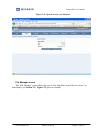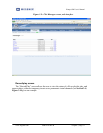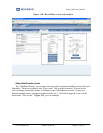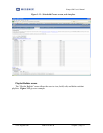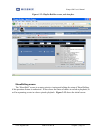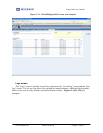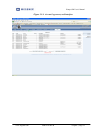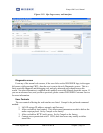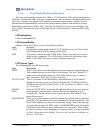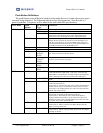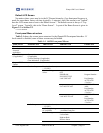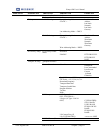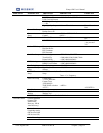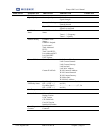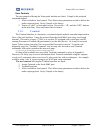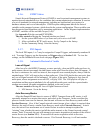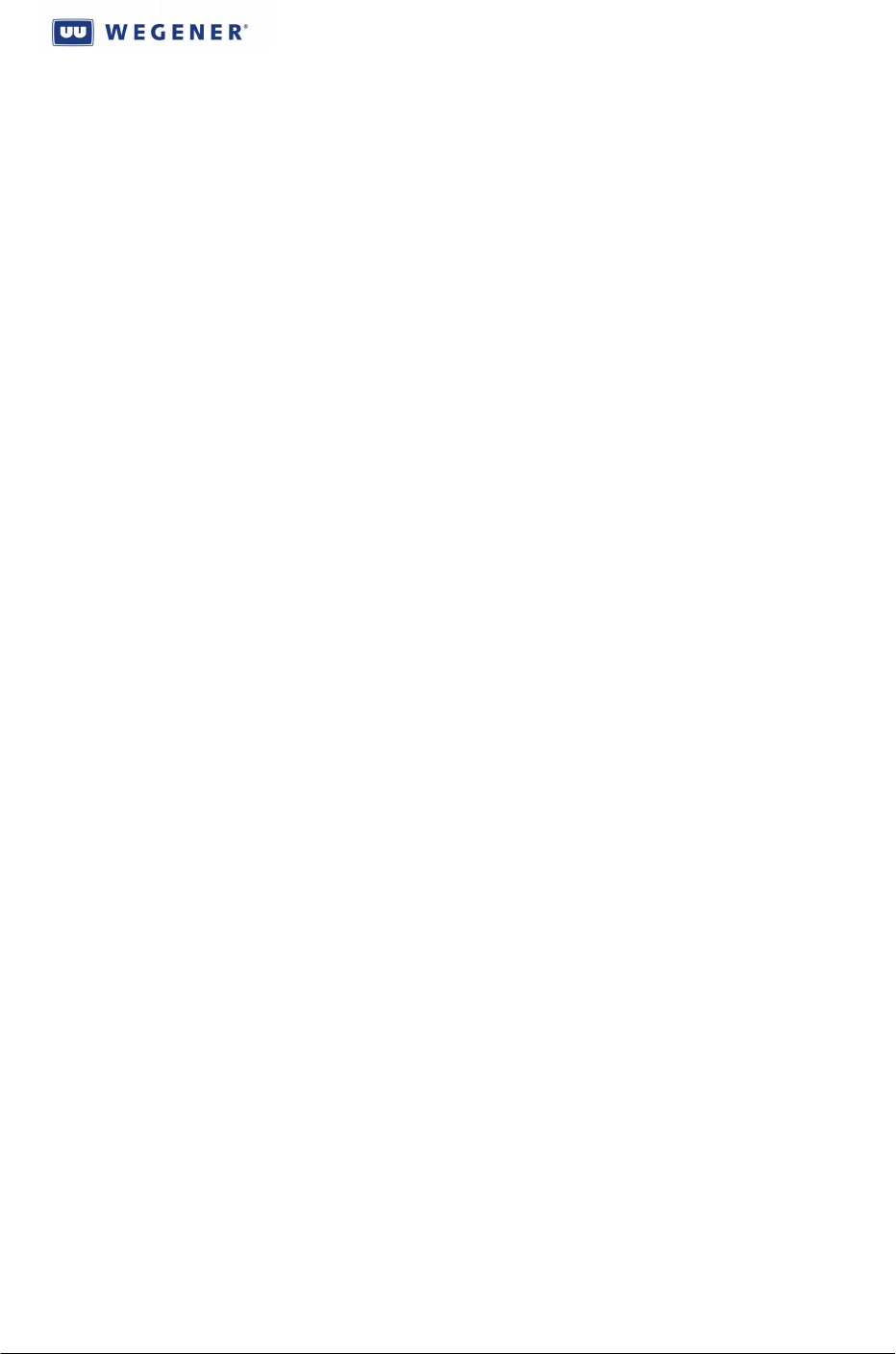
iPump 6420 User’s Manual
www.wegener.com 800070-01 Rev B Chapter 3, Page 60
3.1.4. Front-Panel Monitor and Control
The front panel interface consists of 8 LEDs, a 2 X 20 character LCD, and six push buttons.
With this, a hierarchical M&C structure is implemented. This means that all monitor and control
objects (or “screens”) are grouped with related screens under parent menus. Further levels of
abstraction are implemented by ordering those parent menus, perhaps with child-less screens
under higher parent menus and so forth. Note that the highest level screens are called the “top
level screens” and these are peers to the Home Screen, a special screen to which an IRD usually
defaults.
LED Indications
Please see Section 2.5.2.
LCD Screen Modes
Eligible LCD screens can be in one of the following modes:
Mode Description
VIEW Information is being displayed on the LCD for the user to view. None of the
push buttons can be used for editing in this mode.
EDIT This mode is entered from the VIEW mode. This is where the users has the
ability to edit a parameter. The LCD cursor is on the edit field when in this
mode. In the i6420, the cursor will be a flashing underscore.
LCD Screen Types
The following table lists the screen types:
Type Description
MENU This is a read-only screen that displays the menu name for a command group.
This command group is a set of lower-level screens. The level "beneath" a
menu screen type might contain any of the other screen types (i.e. menus,
info, parameter). This type of screen is read-only.
STATIC INFO This is a read-only screen that displays information and is NOT editable—
though the unit may or may not refresh it dynamically. The Home Screen is
considered this type of a screen. Screens of this type have no children, so they
are “leaf nodes.”
SCROLL
INFO
Same as STATIC INFO except that the right and left arrow keys are active to
scroll through a message more extensive than can be displayed on a 20
character line. Because of this, these screens must be “lone children” of a
parent Menu screen.
PARAMETER This type of screen displays a specific parameter associated with a command
group that CAN be edited (if the correct authority has been established). The
initial value displayed is always the current unit setting. This is the only type
of screen that can enter the EDIT mode. A PARAMETER screen will contain
a field that can be different types (alpha-numeric or list select). There will be
no carries or borrows when wrapping on a numeric field (i.e. to go from 0999
to 1000, 4 digits have to be edited). Screens of this type have no children, so
they are “leaf nodes.”



